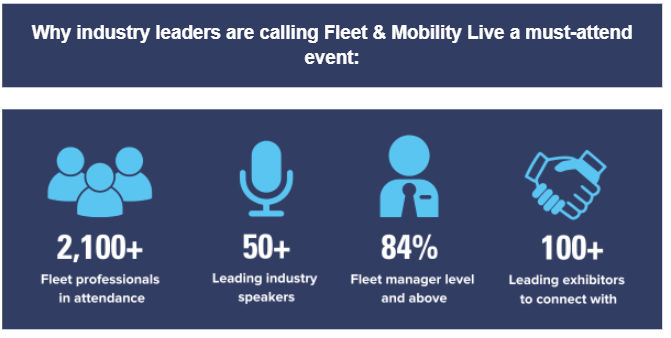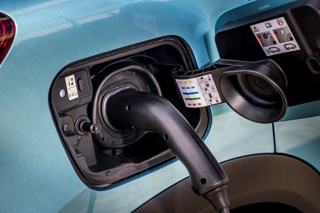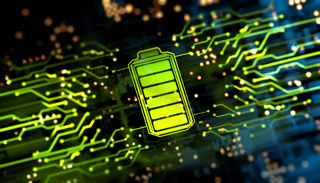Accelerating the electrification of light duty fleet vehicles by 2030 would have a dramatic impact on emissions and boost the used market, new research from the Climate Group suggests.
Calculations show that buses and light duty vehicle fleets make up a fifth (21%) of vehicles on the road yet contribute to a quarter (26%) of road transport emissions.
Helen Clarkson, CEO of Climate Group, said: “Businesses, governments and public sector organisations have about half a billion light duty vehicles in their fleets around the world.
“By switching these vehicles to electric, these organisations can use their purchasing power to drive us to a better future.
“Not only can fleets electrify faster, but crucially it would help to bring about a wider shift to clean road transport by supercharging demand, boosting infrastructure and growing the used EV market, making them more readily available and affordable for consumers.
“As we head towards COP26, we need the right commitments, policy support and investment to make faster fleet electrification a reality.”
Accelerating the electrification of fleets could cumulatively avoid over 3 billion tonnes of carbon dioxide (3.1 GT CO2e) by 2030, when compared to the BloombergNEF Electric Vehicle Outlook 2020.
The emissions saving, says the Climate Group, is similar to the current annual contribution of India, the world’s third highest emitter.
On top of this, the positive knock-on effects of fleet electrification, such as a bigger used EV market, would contribute savings of a further 700 million tonnes of carbon dioxide, resulting in a total combined reduction close to the annual emissions of the European Union (3.8 GT CO2e), it says.
Boosting the used EV market
The used car market for EVs would be around 40% larger in 2030 and over 70% larger in 2040, under this accelerated scenario. This would mean an extra 7.2 million second-hand EVs on the market in 2030.
The report estimates that meeting charging demand under this accelerated scenario would on average require an extra 14,000 charging units to be installed every day through to 2030, over and above current projections.
As the accelerated scenario would mean greater EV demand, the report argues that this would lead to battery costs being a further 14% cheaper by 2030 than has been forecast, thanks to advances in the efficiency of production.
The report also highlights that the right commitments, policy support and additional investment will be required to make faster fleet electrification a reality, providing clear recommendations for governments, investors and businesses.
For example, it says that businesses and governments that own and operate vehicles can commit to EVs today, sending a demand signal to help trigger investments in increased production capacity from automotive manufacturers and within the battery value chain.
Global initiatives such as EV100, led by the Climate Group, are helping to aggregate this demand.
Through EV100, there are now over 100 corporates with some of the world’s largest fleets, including BT Group, LeasePlan and Siemens, committed to transition more than 5 million light duty vehicles to electric by 2030.






















Login to comment
Comments
No comments have been made yet.